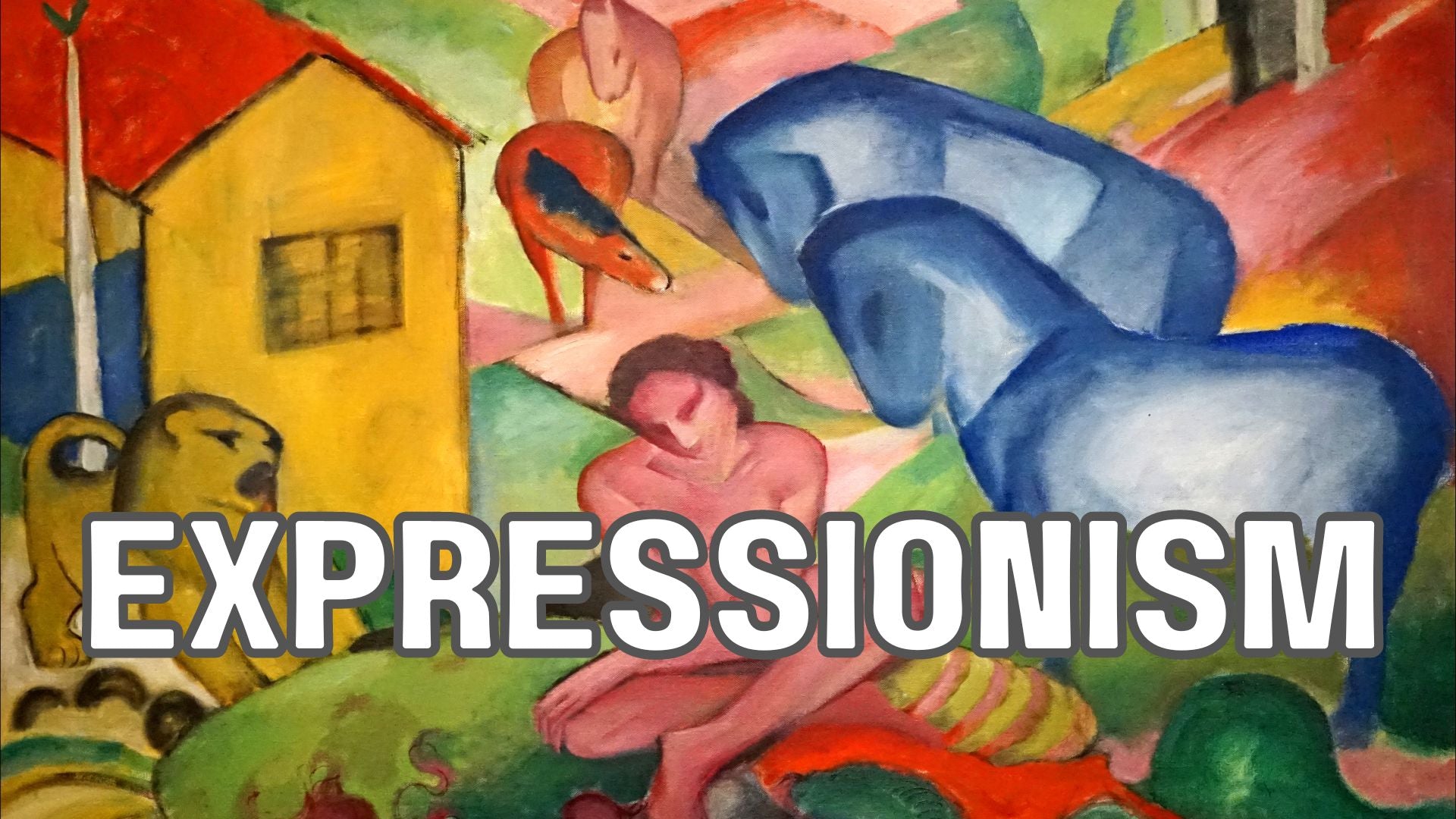Table of Contents:[hide]
Expressionism, a captivating modernist movement born at the dawn of the 20th century in Northern Europe, has left an indelible mark on various artistic realms. This blog post embarks on an enlightening journey through the annals of Expressionism, exploring its origins, influences, notable artists, and the far-reaching impact it has had on the global art landscape.
Expressionism: A Distorted Mirror of Emotions
Expressionism, initially prevalent in poetry and painting, emerged as an avant-garde reaction to the dehumanizing effects of industrialization and the burgeoning urban landscape during the early 1900s. Its distinctive trait lies in presenting the world through a subjective lens, distorting reality to evoke intense emotional responses and convey profound moods or ideas.
Origins and Etymology
The term "Expressionism" has a multifaceted origin. Some trace it back to an exhibition by artist Julien-Auguste Hervé in 1901, while others credit Czech art historian Antonin Matějček, who coined it in 1910 as a counterpoint to Impressionism. Rejecting immediate perception, Expressionists sought to delve into complex psychic structures, transcribing emotions into symbolic forms.
Influential Precursors
Expressionism drew inspiration from diverse sources, including the philosophy of Friedrich Nietzsche, plays by August Strindberg, works of Walt Whitman, and the profound insights of psychoanalyst Sigmund Freud. This rich tapestry of influences contributed to the movement's depth and diversity.
The Birth of German Expressionism
In 1905, Die Brücke (The Bridge), led by Ernst Ludwig Kirchner, laid the foundation for the German Expressionist movement. Subsequently, Der Blaue Reiter (The Blue Rider), formed in 1911 with members like Wassily Kandinsky and Franz Marc, expanded the movement's scope. However, the term "Expressionism" only firmly established itself in 1913.
Expressionism Across Borders
While Germany was the cradle of Expressionism, its influence transcended national boundaries. Expressionist writers, both German and non-German, contributed to its legacy, and the movement persisted beyond the 1930s, despite challenges posed by political shifts.
Defying Definition
Expressionism's elusive nature stems from its overlap with other modernist movements like Futurism, Cubism, Surrealism, and Dadaism. Critics grapple with defining Expressionism, with some notable figures even being labeled as "anti-expressionists."
Unveiling the Expressionist Palette
Expressionist art aimed to depict subjective emotions rather than objective reality. The movement rejected the ideology of realism, emphasizing the artist's portrayal of emotional responses to the world.
A Historical Parallel: Baroque vs. Expressionism
Comparisons with Baroque art, as noted by art historian Michel Ragon and philosopher Walter Benjamin, highlight Expressionism's willingness to embrace violently unpleasant effects. This stands in stark contrast to the more reserved and well-mannered nature of Baroque art.
Notable Expressionists: A Global Panorama
Expressionism witnessed a myriad of visual artists across the globe, each contributing to the movement's rich tapestry. From Germany to the United States, Argentina to Japan, Expressionism left an indelible mark on diverse cultures.
German Pioneers
Prominent German Expressionists include Ernst Barlach, Max Beckmann, Otto Dix, and Käthe Kollwitz, among others, who pushed the boundaries of artistic expression during the movement's zenith.
Global Icons
Expressionism resonated globally, with artists like Edvard Munch in Norway, Martiros Saryan in Armenia, and Marsden Hartley in the United States, all leaving their distinctive imprints on the movement.
Expressionism Beyond Canvas: Theatrical, Cinematic, and Musical Expansions
Expressionism's influence extended far beyond visual arts. Expressionist architecture, literature, theatre, dance, film, and music all bore the indelible mark of this avant-garde movement.
Post-War Impact: A Lasting Legacy
Despite waning in Germany during the 1930s, Expressionism experienced a resurgence after World War II. Figurative expressionism, both in the U.S. and globally, continued to influence diverse artistic styles, leaving an enduring impact on the trajectory of modern art.
In conclusion, Expressionism remains a captivating enigma in the world of art, a movement that defied easy definition and left an enduring legacy on a global scale. Its distorted mirrors of emotions, vivid palettes, and profound influences continue to captivate art enthusiasts, ensuring that the spirit of Expressionism lives on.
Prints and Canvas Panels
Fine art prints and ready to hang gallery quality canvas panels are avaiable in a range of sizes with fast worldwide delivery.








